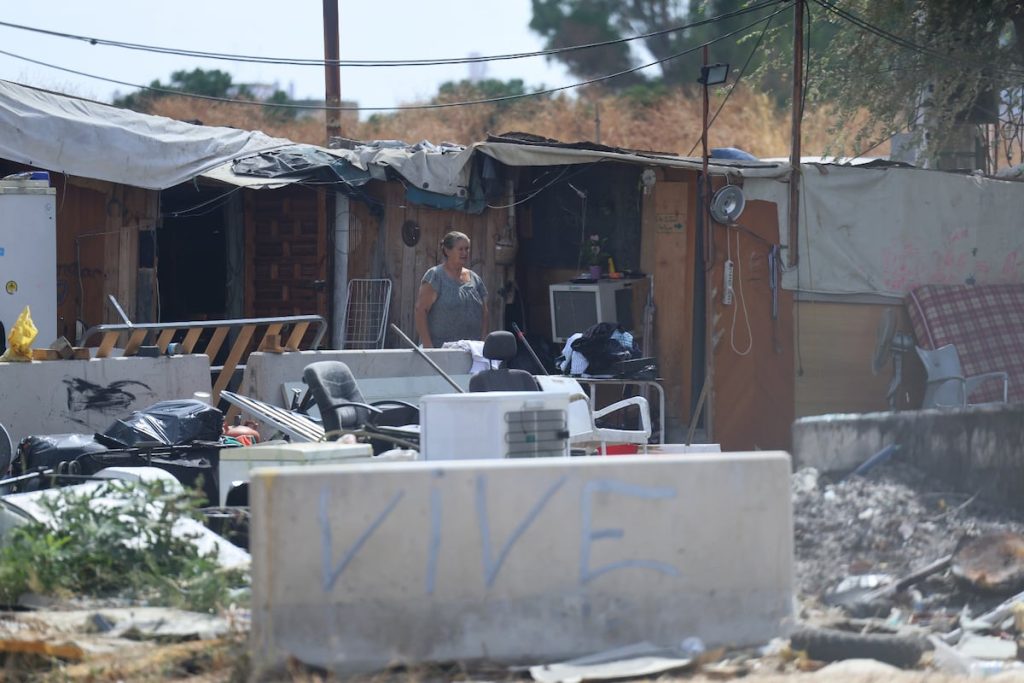The Mayor of Seville, José Luis Sanz, has compared the shanty towns of El Vacie, the oldest in Europe, and Reina de los Ángeles, in the Polígono Sur neighborhood, the poorest in Spain, to the New York neighborhood of the Bronx. Sanz has announced plans to end these settlements, with the help of international specialists who have participated in the revitalization of other neighborhoods such as the Bronx. One of the mayor’s priorities is to end the El Vacie shanty town by 2027, implementing social policies and urban interventions to address the associated problems and change criteria that have turned certain neighborhoods into ghettos.
The relocation of the 176 people living in El Vacie is the responsibility of social services technicians from the City Council who have been working on rehousing families living in this enclave for years. The mayor’s team has clarified that these experts will collaborate on the social, environmental, urban, and architectural improvement project in the Polígono Sur. However, they did not provide further details when asked about the identity of these technicians or if they had intervened in regenerating other neighborhoods in other cities. The comparison of these areas in Seville with the Bronx, known for poverty, crime, and insecurity, has not been well-received by residents or opposition parties.
Macarena Olid, delegate of the Andalusian Human Rights Association in Seville, and Raquel Gabarre, president of the Yiló Foundation, are concerned about the comparison made by the mayor. They believe that there are local experts in Seville who understand the issues of marginalization in their neighborhoods and can work towards solutions. They emphasize the importance of the presence of municipal services rather than relying on foreign experts. Susana Horrillo, from Con Podemos Sevilla, criticizes the decision to hire specialists from the Bronx instead of reinforcing social services with qualified personnel.
Previous efforts to eradicate El Vacie saw progress during the last two Socialist administrations, and a plan to dismantle the settlement was established in 2015. However, due to the pandemic, the eradication process was interrupted, leaving 176 people still living in El Vacie. There is a call for stable and long-term policies to address exclusion zones and provide public housing for families living in precarious conditions. The lack of public housing in Seville exacerbates poverty and perpetuates social exclusion, affecting the most vulnerable populations in the city.
Olid and Gabarre demand seriousness and commitment from municipal authorities to address the issue of poverty and exclusion in Seville. The persistent lack of attention to these issues perpetuates the cycle of exclusion and poverty for generations. They stress the need for dedicated resources and policies that prioritize access to public housing as a solution to the problems faced by marginalized communities in Seville. Without a concerted effort from the government, the issues of El Vacie and similar neighborhoods will continue to persist, leaving families in severe exclusion and poverty for years to come.















